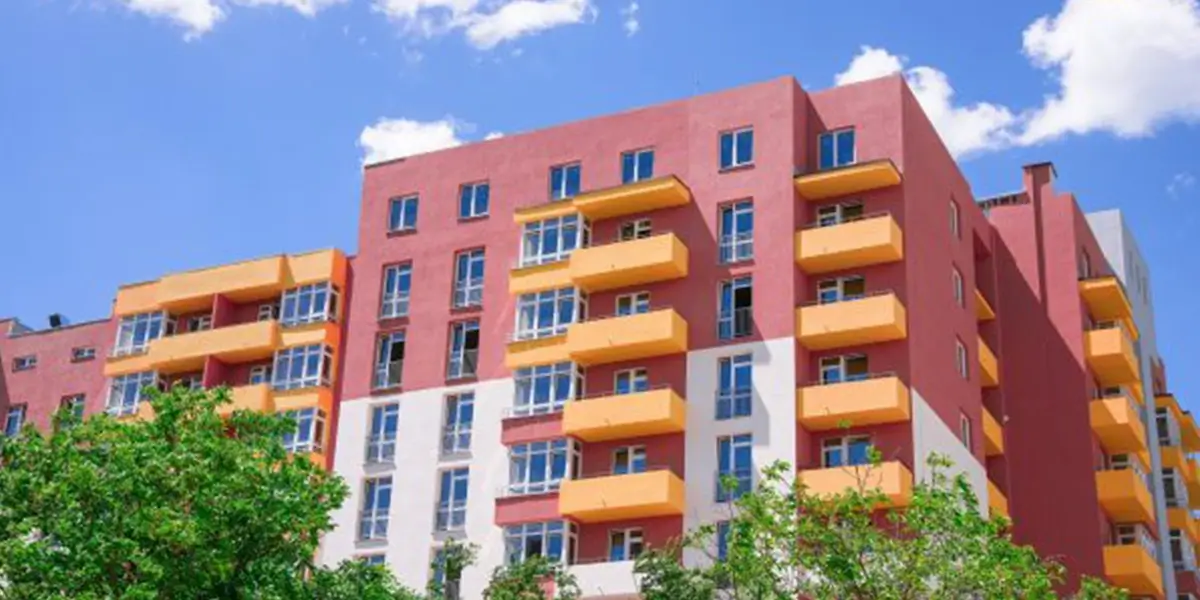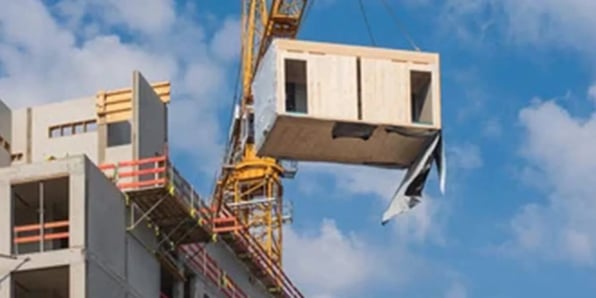
Modular Construction moves Centre Stage…And Here’s Why
Within a year of assuming office in 2015 Prime Minister Narendra Modi launched the Pradhan Mantri Awas Yojana (“PMAY”) Scheme, with an ambitious target of housing all India’s urban poor by March 2022 through provision of 20 Million new affordable homes: that’s five new homes every hour, every day (and night) for seven years, but the astonishing thing isn’t the scale of the ambition it’s that the programme is actually meetings its targets. To put that in perspective, the UK Government is currently working to build 300,000 new homes annually until 2022: leaving aside the prospect that it won’t be here in 2022, barely 40,000 new builds were completed in the first quarter of 2019 which is only a little over half the annual target (and a 9% decrease year on year).
In the same period 8 Million new homes have been approved under PMAY.
But divergent as their ambitions and performance levels might be, India and the United Kingdom do also have something in common when it comes to housing policies: each of them are increasingly resorting to Modular technologies as a cornerstone of policy delivery, increasingly viewing Modular Construction as a more reliable and cost efficient platform than traditional construction technologies, radically speeding up completion periods and reducing overall costs (not an irrelevant consideration, even for the fastest growing economy on the planet).
Historically sector participants have become used to building only as many properties as they are likely to sell in the short term, concerned about unwittingly accumulating a bank of unwanted buildings whenever there is a slump or even minor bump in market demand (as, of course, there has been in the United Kingdom recently despite historically record low interest rates). And with such a firmly entrenched mind set there’s simply no incentive for builders to step up construction and completion rates: certainly to nothing like the levels the subcontinent and the UK require at the moment.
But with Modular Construction inexorably moving to centre stage, all that’s about to change…Take skilled labour rates for example.
India and the United Kingdom have (in the case of India) or will shortly have (in case of Brexit) a significant skills shortage in construction: unsurprisingly so in absolute terms on the subcontinent given the sheer scale and ambition of the PMAY Project, but also in relative terms in the United Kingdom where the sector is so reliant on European migrant workers. No less an authority than JLL have highlighted this recently through its Head of Living Research, Adam Challis: “We will need to switch to modern methods of construction as a way of offsetting labour irrespective of Brexit, but there’s no question labour scarcity from the Continent will exacerbate the problem…we aren’t recruiting skilled labourers at anything like the rate they’re retiring.”
And factory built, site assembled modular homes not only require less skilled labour: they are also produced in controlled environments where completion timing can be defined much more accurately and specifications meticulously adhered to. As Luke Barnes of Ideal Modular Homes very appropriately puts it: “you wouldn’t buy a car that’s been built outside in the rain and mud”.
You certainly wouldn’t…Not if you want to meet those challenging targets you won’t.

Modulex Construction is the World’s largest and India’s first Steel Modular Building Company, working to meet the opportunities of India’s real estate markets in a practical and focussed manner. It was established by Red Ribbon to harness the full potential of these fast-evolving markets and deliver exciting opportunities for investors: because, when it comes to investing on the subcontinent, nobody knows its markets better than Red Ribbon.
Executive Overview
The Affordable Housing Program, and PMAY in particular with its commitment to India’s urban poor, is an enormous credit to Prime Minister Modi’s Government and the fact it is still on track to meet its targets by March 2022 is greater testament still.
But they are certainly rigorous and challenging targets, so I’m not surprised Modular Construction is now starting to play a greater and greater part in achieving them and that applies to the United Kingdom too where social housing is now such a pressing issue.
Like most things, workable long-term solutions call for different strokes and I’m sure Modular Construction will continue to be one of them.


%20(1).jpg?width=596&name=airport-terminal%20(1)%20(1).jpg)
-Oct-11-2023-11-53-18-4937-AM.png?width=596&name=Untitled%20design%20(3)-Oct-11-2023-11-53-18-4937-AM.png)